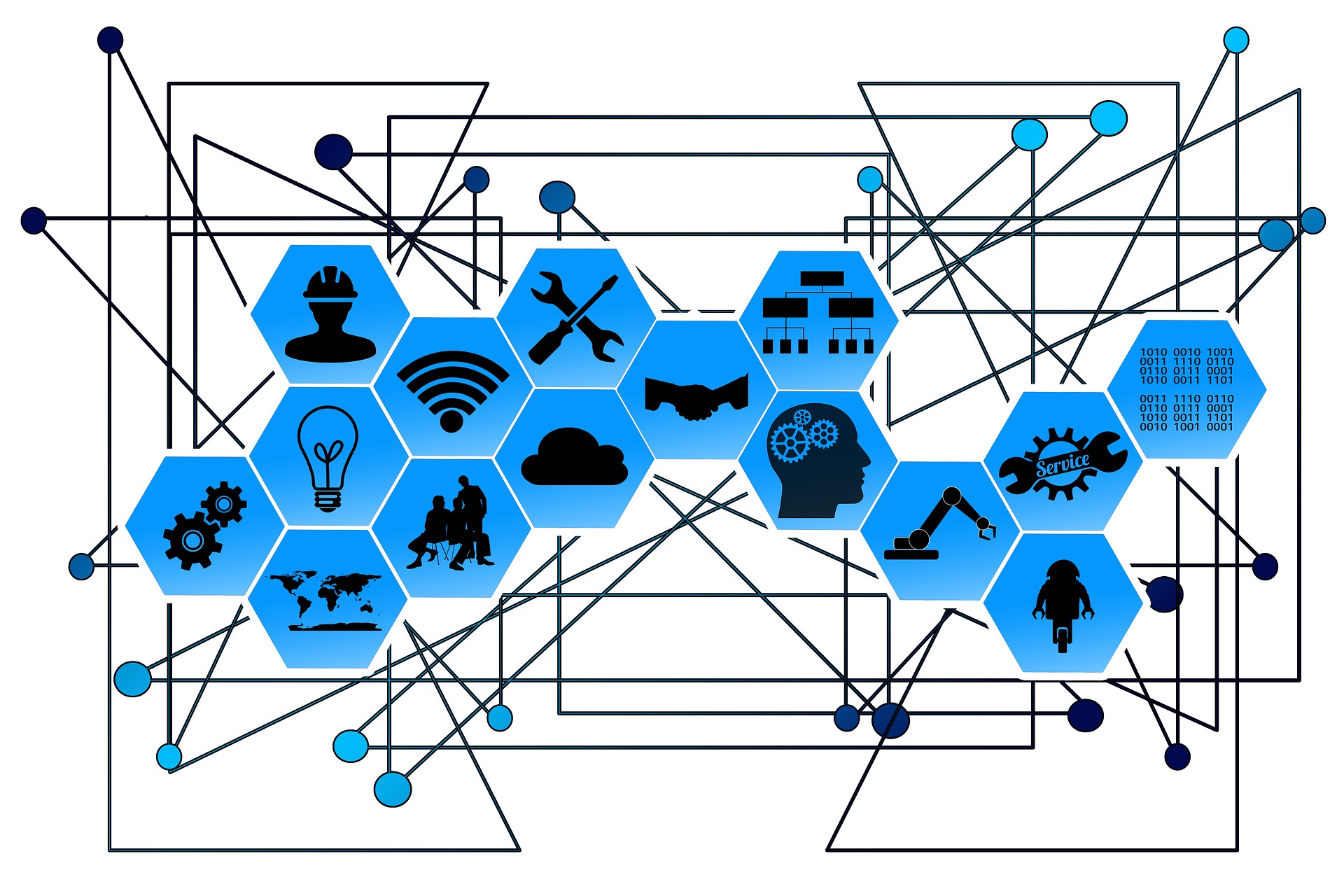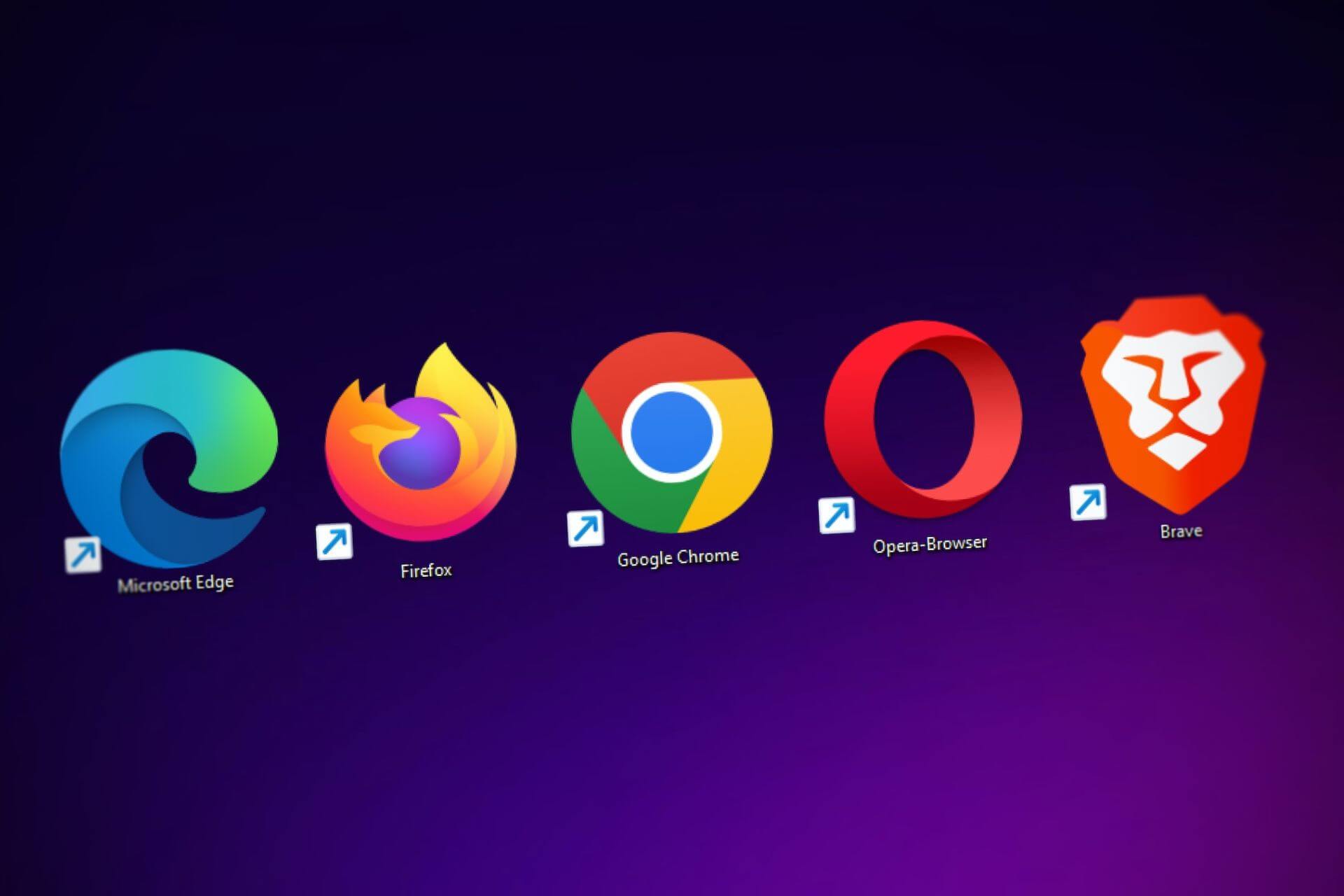
What Is Edge Computing in IoT, and Why Is It Important?
June 14, 2023 - Ellie Gabel
Revolutionized is reader-supported. When you buy through links on our site, we may earn an affiliate commision. Learn more here.
As the internet of things (IoT) grows, so do its use cases and related technologies. One of the fastest-growing of these in recent conversation is edge computing, which has become a buzzword among technology circles. But what is edge computing in IoT, and why should businesses pay attention to it?
It’s easy for meaning to get lost in a concept’s quick rise to popularity. As a result, many may talk about edge computing in IoT applications, but fewer understand what it really means. Here’s a closer look to clarify confusion around this disruptive technology.
What Is Edge Computing?
Edge computing exists in that strange middle ground between physical data storage and cloud computing. In essence, it aims to bring data processing closer to the data’s source. Instead of sending data to a remote data center, edge networks process it either on-device or on nearby connected devices— close to the edge, in digital parlance. As a result, IoT devices go beyond gathering and reporting data to analyze it as they collect it.
While on-device processing does happen in edge environments, distributed computing remains a critical part of these networks. It may help to think of the edge as an ideal middle ground between the traditional cloud and on-premise networks. The edge distributes computing between devices like the cloud but keeps things close like on-premise processes. The goal is to reduce or eliminate data retrieval latency. Ideally, you’d be able to send and retrieve information in real time, rather than waiting for servers to respond.
Edge networks have captured tech companies’ interest. Some experts predict that more than half of new enterprise IT infrastructure will be at the edge by 2023. Similarly, 75% of enterprise-generated data creation and processing will happen outside the traditional cloud by 2025.
IoT vs. the Edge
Edge computing and the IoT are closely related, but it’s important to distinguish between them. Many people use the terms “edge device” and “IoT device” interchangeably, but this isn’t accurate. While all edge devices are IoT devices, not all IoT devices are edge devices.
The distinction lies in the edge’s specific processes. Whereas traditional IoT devices simply gather data, edge networks use their endpoints to distribute the computing of this data. Even in an edge network, not all IoT connections act as edge endpoints. Some IoT sensors gather data but send it to another nearby edge computer for processing.
Of course, edge computing relies on the IoT. As Saurabh Mishra, senior manager of IoT at SAS, says, the edge and IoT are intricately connected, as the IoT creates the distributed compute environments that support edge computing.
How Edge Computing Benefits the IoT
Now that it’s clear what edge computing in IoT is, it’s easier to understand why its popularity is soaring. These networks could unlock the full potential of the IoT, which has already produced impressive results in many sectors.
As promising as the IoT is, it struggles with a few obstacles in its current form. In a 2020 survey, 46% of IoT adopters cited data security as a top challenge in deploying IoT. Similarly, 41% said they face connectivity roadblocks. These challenges could hinder IoT growth, but edge computing provides a potential path forward.
Here are a few of the most significant benefits of edge computing in IoT initiatives.
Performance Benefits
The most immediately apparent advantage of edge computing in the IoT is that it improves IoT performance. Since traditional cloud environments have to send data to remote data centers and back, they often sacrifice latency for scalability. Edge computing offers the same scalability and flexibility benefits with much lower latency.
In an edge environment, computing happens either on-device or across nearby endpoints. Less distance to cover results in substantial performance improvements. While end-to-end latency from devices to the cloud and back can be as high as 250 milliseconds today, edge computing can reduce it to 10 milliseconds.
This latency improvement, along with the edge’s distributed nature, can also improve network bandwidth. Edge devices will compute faster, freeing their networks for more tasks. Companies will be able to run far more or far more complicated operations in their IoT environments. Freer, faster networks will also reduce the risk of dropped or interrupted connections.
Cost Efficiency
Edge computing can also make the IoT a more budget-friendly undertaking for businesses. Traveling to a far-away data center and back can raise IT costs beyond what’s reasonable for some data. Since the edge reduces these needs, companies can capitalize on lower-value data operations without substantial costs.
Recent studies show that 53% of small and medium businesses spend $1.2 million on cloud computing, up from 38% in 2021. Leaders in this space also estimate that they waste 32% of their cloud spending. That’s a considerable amount of money that isn’t producing results, but edge computing could change that.
Processing data in edge environments would reduce remote data center needs. As a result, companies can reduce their cloud spending and data center footprint, minimizing both remote and on-premise IT infrastructure.
Security
Security is another leading obstacle for the IoT that edge computing could address. A stunning 99% of security professionals report facing challenges in securing their companies’ IoT devices. While edge devices carry their own unique security concerns, they offer some advantages over traditional cloud environments.
Edge computing in the IoT moves data away from centralized data centers. As a result, it limits the potential impact of a single breach. Each edge device only stores a minimal amount of data, requiring hackers to breach dozens if not hundreds of endpoints to perform significant damage. By contrast, it just takes one breach in a data center to jeopardize terabytes of information.
The distributed computing of edge networks also reduces strain on IT resources. Consequently, security professionals can monitor network activity more reliably, and it will take more to disrupt their connections. Edge computing keeps your data closer to home, reducing its travel distance and the number of potential breach points it might encounter. This allows for real-time responsiveness, which can be essential in many situations.
Additionally, if the internet is down, you can get cut off from your cloud storage systems. The same problem occurs if there is an issue with the servers themselves. With everything stored in one central hub, there is a single point of failure that can take the entire system offline. Edge computing can give you access to your data, even if the cloud is offline.
This storage method is still relatively new. It will take some time to iron out all the kinks and make it integrate smoothly with existing systems. Edge computing and cloud computing aren’t mutually exclusive. Data can be stored both in the edge and cloud, allowing the two types of storage to complement one another.
Use Cases for IoT Edge Computing
As IoT implementation rises, new use cases for edge computing emerge or become viable options. Before long, edge computing could revolutionize entire industries.
You’ve already started utilizing edge computing if you played, or still play, the Niantic game Pokemon Go. The augmented reality aspect uses your phone or mobile device as a form of edge storage, as the AR is on your device. If the AR had to connect to a cloud server, it wouldn’t appear to you in real time.
Industry 4.0 is one of the most promising applications for edge computing in the IoT. Edge networks can enable manufacturers to perform predictive maintenance analysis on machines themselves, improving response times through reduced latency and improved reliability. IoT-based tracking solutions for supply chain operations would also become more reliable.
Smart cities are another use case for edge computing with significant potential. Smart cities rely on massive IoT networks to gather and process data to improve communication, drive policies and run public services more efficiently. Instead of sending all data to a central server, they can store it locally and use that information to make decisions in real time. Analyzing all this data closer to its source would improve real-time insights and help secure these critical operations.
Edge devices in smart cities could also help self-driving cars navigate. Distributed, low-latency computing would help these vehicles’ AI make the complex calculations they need to make safe split-second decisions.
Remaining Challenges in IoT Edge Computing
While edge computing holds much promise for the IoT, it still needs improvement in some areas. Developers and end-users must account for and work past these obstacles to achieve the full potential of edge computing in IoT environments.
Despite edge computing’s security benefits over traditional IoT networks, it carries some unique cybersecurity risks. IoT devices are notoriously difficult to secure, and if they also process mission-critical data, they could cause considerable damage if breached. More complex, diverse endpoint networks may also make it challenging to monitor activity and standardize security processes.
The edge’s flexibility and complexity, while beneficial in many ways, can also make management and control an issue. Companies will need new ways to approach management to implement a standard, consolidated control system across all edge devices.
These challenges are significant, but new technologies and concepts like more powerful but smaller computer chips and secure access server edge (SASE) could help address them. These risks may not hinder the edge’s benefits for long.
Edge Computing Pushes the IoT’s Potential Higher
We rely more and more on digital data storage every day, making edge computing the next logical step. This technology will make networked systems more responsive, and take some of the load off of cloud storage servers. Thus, it allows them to function as long-term data storage rather than trying to use a higher latency system real-time networking.
As more organizations learn what edge computing in IoT is, investment in the technology will rise. This growing popularity will lead to new use cases and solutions, pushing edge computing past its remaining challenges and into widespread adoption.
Edge computing can take the IoT to new heights, maximizing these networks’ performance and cost-efficiency and even addressing some security concerns. Disruptive technologies like true self-driving vehicles and smart cities will follow.
Revolutionized is reader-supported. When you buy through links on our site, we may earn an affiliate commision. Learn more here.
Author
Ellie Gabel
Ellie Gabel is a science writer specializing in astronomy and environmental science and is the Associate Editor of Revolutionized. Ellie's love of science stems from reading Richard Dawkins books and her favorite science magazines as a child, where she fell in love with the experiments included in each edition.




